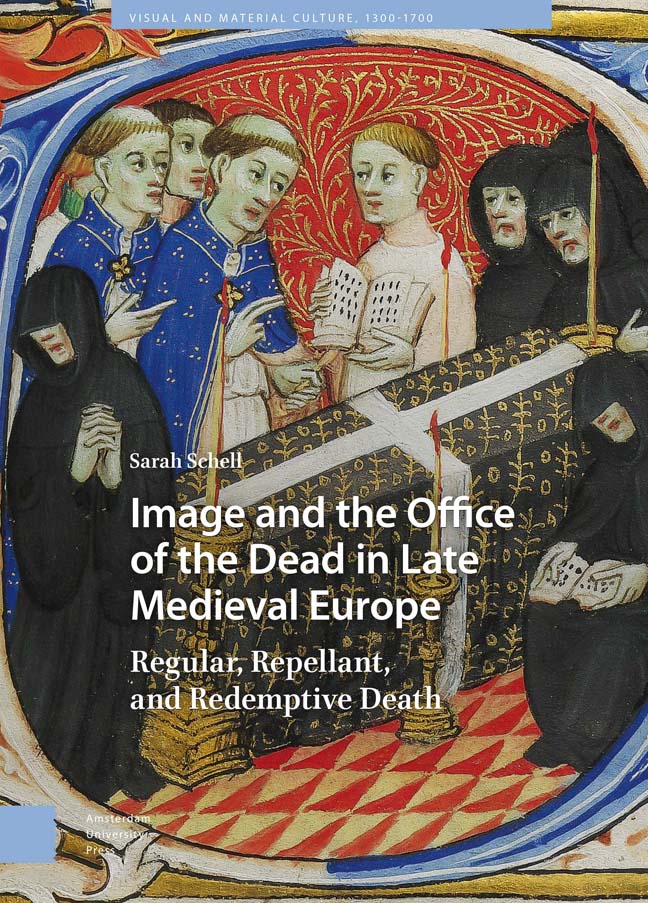Book contents
- Frontmatter
- Dedication
- Contents
- List of Illustrations
- Introduction
- 1 The Office of the Dead in Christian Liturgy
- 2 Regular Death: Reading the Funeral and Imaginative Practice
- 3 Repellent Death: Time, Rot, and the Death of the Body
- 4 The Redemptive Death: Job, Lazarus, and Death Undone
- Conclusions
- Bibliography
- Index of Manuscripts
- General Index
Conclusions
Published online by Cambridge University Press: 17 February 2024
- Frontmatter
- Dedication
- Contents
- List of Illustrations
- Introduction
- 1 The Office of the Dead in Christian Liturgy
- 2 Regular Death: Reading the Funeral and Imaginative Practice
- 3 Repellent Death: Time, Rot, and the Death of the Body
- 4 The Redemptive Death: Job, Lazarus, and Death Undone
- Conclusions
- Bibliography
- Index of Manuscripts
- General Index
Summary
Abstract: The ‘regular’, ‘repellent’, and ‘redemptive’ death images and their corresponding conceptual modes (social death, bodily death and non-death) provide a useful articulation of reoccurring themes present in the wide variety of images found in the Office of the Dead. This articulation draws out some of the fundamental ways we understand the world and death in it: through our relationships with one another, as occupants of a mortal coil, and in relationship to God. The three concepts of death explored here are not exclusive of one another but are found with endless variety and combination. The images support a hermeneutic process each time the reader returns to the images and continues the work of imaginative interpretation.
Keywords: medieval, ritual, identity, experience of death
Death is hard to understand. The word is used to describe many things: an event (a death), a post-life state of being (death), a community (the dead), and a villain with scythe in hand (Death). What is conveyed in these instances – a task that you do yourself, a state of being, a collective identity, an autonomous agent active in the world – are different facets of the complex of ideas that together comprise ‘death’. Our perceptions of these facets are subtly different (active versus passive, natural versus supernatural, solitary versus participatory, sudden versus expected, process versus event, concrete versus abstract, etc.), and how we interpret the nuance of each use of the word impacts how we respond to it. Medieval readers of the Office of the Dead engaged with the images and texts of the Office to explore these nuances, navigating through them to an understanding of death that would respond to their own situation and experience as well as to the broader devotional landscape.
It is not easily done. We cannot familiarize ourselves with the realities of our own death because we cannot experience it in advance. We can only get at this knowledge sideways, drawing on analogous experiences such as the death of a loved one or engaging with representations of death, textual and image-based such as those found in the Office of the Dead in Books of Hours. These tools give us access to deaths external to ourselves.
- Type
- Chapter
- Information
- Image and the Office of the Dead in Late Medieval EuropeRegular, Repellant, and Redemptive Death, pp. 205 - 210Publisher: Amsterdam University PressPrint publication year: 2023



